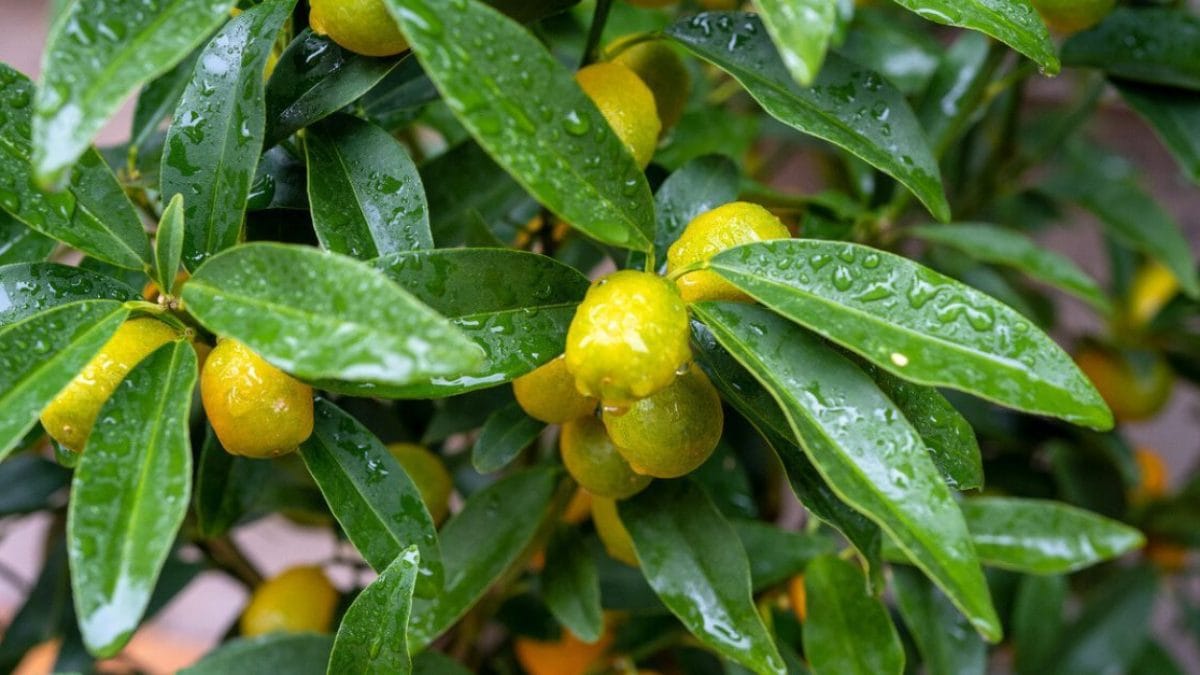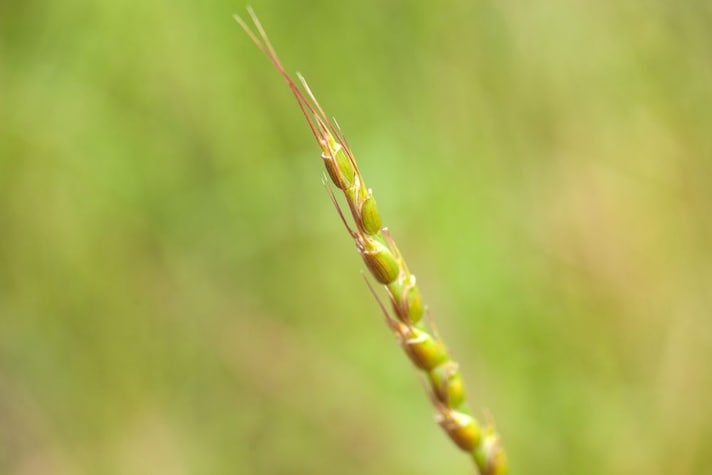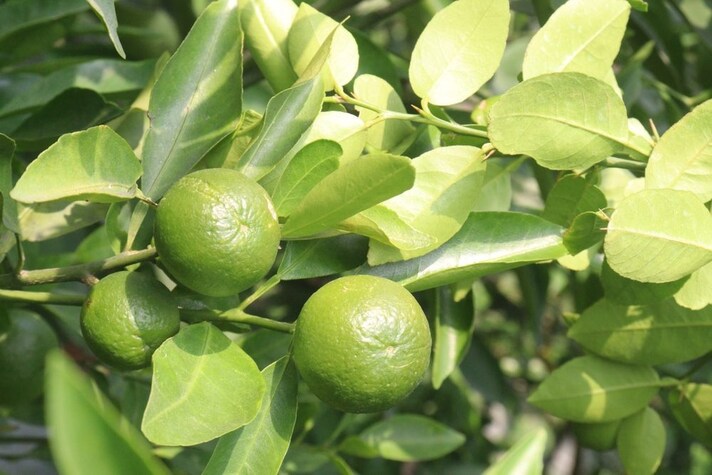
Climate change is putting agriculture to the test. High temperatures, often accompanied by long periods of drought, are causing serious damage to agricultural productivity, with peaks of reduction in wheat and corn harvests that can reach 40%. But a solution could be on the horizon, thanks to wild relatives, or resistant wild plant species closely related to cultivated plants. This is a frontier on which the world of research has become active and which could lead to important results: this is what the CNR says, highlighting how the climate weighs on global agriculture, changing its geography.
How Heat Alters Plant Physiology
High temperatures compromise the vital processes of plants, from germination to maturation. "When the thermometer rises too much – Francesca Bretzel, researcher at the Institute for Research on Terrestrial Ecosystems of the CNR, explained to Ansa – plants enter a state of stress that is reflected at a morphological, physiological and biochemical level". One of the most serious effects is the slowing down of photosynthesis, caused by the reduction of the leaf surface and the premature aging of the leaves. Furthermore, the heat facilitates the spread of parasites, often without natural antagonists.
To react to stress, plants activate defense mechanisms such as the production of phytohormones and antioxidant substances. However, these natural responses are often insufficient against prolonged and intense stress.
Science's Answer: Resistant Varieties
The scientific community is intervening with genetic and agronomic solutions. One of the most promising avenues is the selection of varieties that are more resistant to heat and drought, using "wild relatives", that is, wild species related to cultivated plants. But what are they specifically?
Wild relatives are plants that grow spontaneously in nature, but are related to the plants we grow in fields or vegetable gardens. You might not recognize them immediately, because they are often smaller, less "perfect" or less productive, but at a genetic level they have a lot in common with the cultivated versions.
An example: think about the tomato you buy at the grocery store, nice red, round and tasty. In nature there are species of wild tomatoes, which maybe have smaller fruits or are not so tasty, but which live in extreme environments, such as very arid or hot areas. Those are its wild relatives.
Take wheat, for example: its wild relative, Aegilops tauschii, has been used to introduce genes for resistance to drought and fungal diseases. The same goes for corn, whose "ancestor", teosinte, has an extraordinary ability to survive in poor soils and arid conditions, making it useful for making modern corn more resistant to difficult climatic conditions.
In the case of citrus, species such as Citrus ichangensis and Citrus macroptera are used to increase cold tolerance and resist viruses that threaten crop plants. Even fundamental crops such as the common bean benefit from wild relatives such as Phaseolus acutifolius, which has a short cycle and is drought tolerant, ideal for warm areas. Finally, even the strawberry has its wild ancestor, Fragaria vesca, known as wild strawberry, which offers greater disease resistance and better adaptability to the soil, without compromising the quality of the fruit.

Why are they so important? Because precisely thanks to their ability to survive in difficult conditions, wild relatives have precious "genes" within them: resistance to heat, drought, disease or parasites. And today, with climate change and increasingly frequent problems in agriculture, researchers are going to rediscover these plants to "refresh" modern crops.
In practice, geneticists crossbreed the cultivated plant with its wild relative to obtain new varieties that are stronger and more adaptable to changing climates. In this case, it is a bit like going back in the history of plants to recover those characteristics of resistance that they had lost with agricultural selection.
So, even if often forgotten, wild relatives are a very important resource for the future of agriculture. They guard a genetic heritage that could make the difference in saving crops, improving the quality of products and guaranteeing food even in increasingly difficult conditions.

Technology as a Support to Nature
In parallel, researchers are experimenting with specific treatments on seeds and leaves to increase crop resistance to climate stress. Among the agronomic techniques to combat heat are innovative agricultural practices such as mulching, or covering the soil with organic or inorganic material to limit soil heating, or cover cropping, or growing herbaceous species between rows to improve water infiltration and combat soil erosion.
CNR-Iret is carrying out specific studies on soil health, with particular attention to the effect of organic matter and the inoculation of beneficial microorganisms. "Our studies on typical Italian crops, such as vines and aromatic plants – explained researcher Bretzel – show encouraging results: improvements in soil fertility, increased nutrients and superior organoleptic quality of the final products".
;Resize,width=767;)
